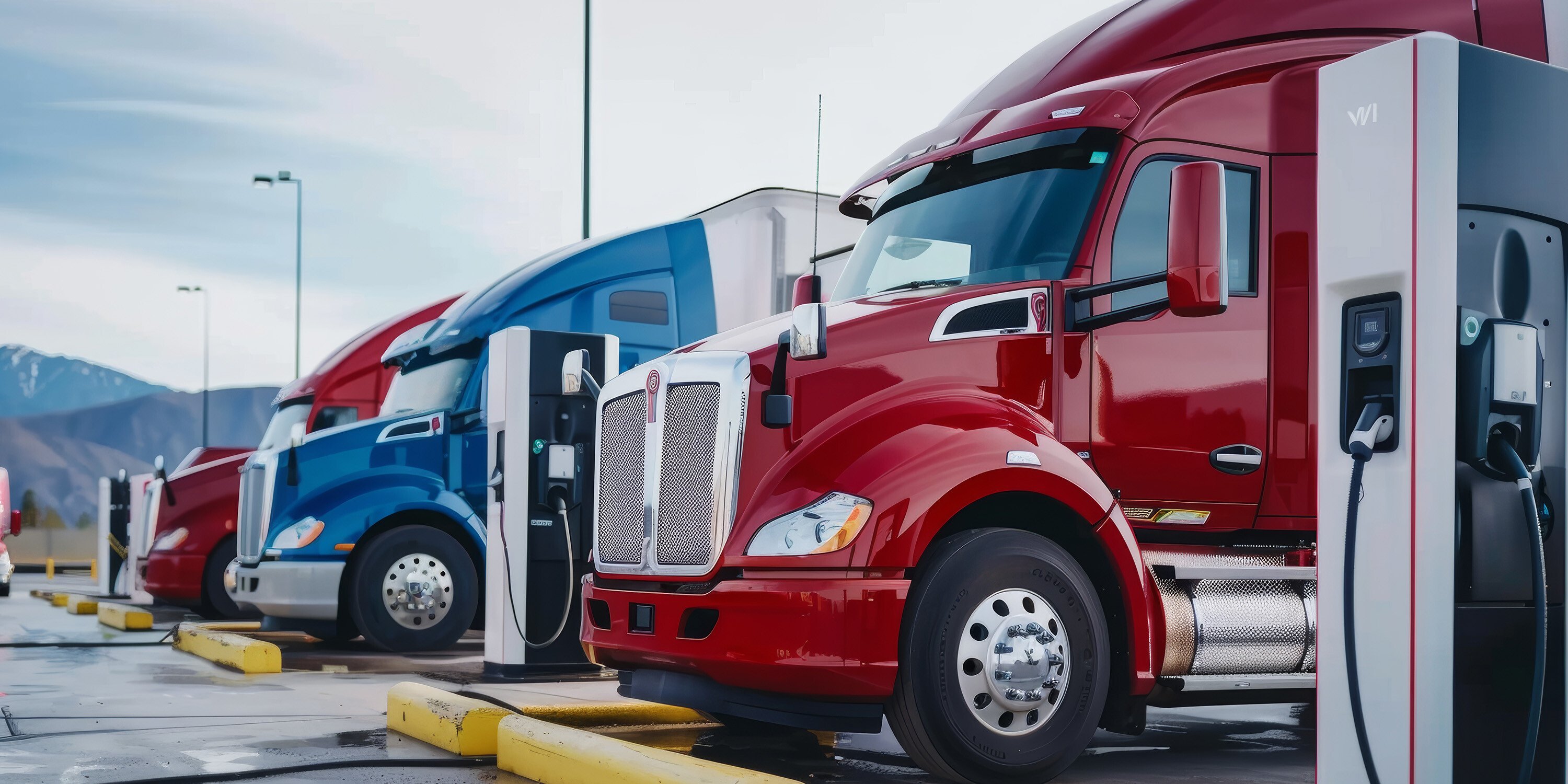Sustainability | June 4, 2024
Get ready for the next wave of building performance standards
Building performance requirements are on the rise across the U.S. — posing either risk or opportunity for businesses. On one hand, buildings that aren’t brought up to standard quickly and prudently can become liabilities, leading to potential fines and/or costly last-minute improvements that negatively impact business reputation and property value. On the other hand, buildings that meet the standards can reduce operational spend, curb greenhouse gas emissions, and improve brand perception.
How can you turn building performance standards from perceived threat into tangible opportunity for your company? Start by understanding what kinds of building performance standards (BPS) are in place now and if your building(s) have financial risk exposure.
A bird’s eye view of today’s building performance rules
Building performance standards are implemented differently across jurisdictions. But at a high level, these types of requirements are put forth by cities, states, or federal agencies for existing buildings to meet specific performance targets — typically related to energy use per square foot or greenhouse emissions output — on a particular timeline.
The general idea is to help reduce the impacts of buildings, given that in some cities, they contribute to as much as 50% - 75% of local greenhouse gas emissions from their reliance on fossil fuels. Regulators and building owners alike are under pressure to improve those numbers as the nation aims to cut emissions by 50% - 52% from 2005 levels by 2030.
To help turn the dial in the right direction quickly, cities and states across the country have been laying out a range of new performance standards. These typically comprise some blend of 1) energy benchmarking and transparency policies that require buildings to track and share energy performance data, 2) prescriptive requirements like mandated energy audits and tune-ups, and/or 3) building performance regulations setting emissions or energy use limits, with penalties for non-compliance.
A BPS Coalition was formed in 2022 that estimated that 20% of U.S. building stock was expected to be subject to such building performance standards by Earth Day 2024. Now, as of May 2024, roughly 50 cities reportedly have at least some kind of requirement in place, while nine U.S. localities and four U.S. states have even more stringent BPS laws on the books, according to the Institute for Market Transformation.
Close-up on new building performance standards across the country
Overall the trend is toward more, not less, performance regulation, and several key policy updates have occurred across the country, adding to the existing standards in places like NYC, Boston, and Denver:
- Colorado: The state finalized BPS rules and regulations, including establishing a “helpdesk” with timeline and targets for buildings over 50,000-square-foot across the state to reduce emissions by 7% by 2026 and 20% by 2030.
- Washington: The state’s Clean Buildings bill — which already covered 20,000-square-foot-and-up buildings, including multifamily — was expanded in 2023 to include district energy system campuses. The law includes tiered incentives to encourage owners to make energy performance improvements earlier than required, with compliance phases beginning in 2026.
- Maryland: The Climate Solutions Now Act requirements for energy performance standards are now being implemented for buildings over 35,000 square feet. By 2040, these buildings must reach zero net direct greenhouse gas emissions and energy intensity standards, with reporting requirements starting in 2025.
- Seattle, Washington: At the end of 2023, the City Council passed a Building Emissions Performance Standard, making Seattle the 13th jurisdiction in the U.S. to adopt BPS requirements.
- California: In Fall 2023, Governor Newsom took a major step in advancing statewide building performance standards by signing Senate Bill 48, the Energy Savings Act, which requires the state’s energy commission to use building energy benchmarking data to develop decarbonization data for large buildings.
- Cambridge, Massachusetts: The city amended its 2014 Building Energy Use Disclosure Ordinance to require that non-residential buildings reach net-zero emissions by 2035 for large buildings, and 2050 for mid-size buildings.
- Oregon: In Fall 2023, the state became the fourth to join the National Building Performance Standards Coalition, covering its 20,000 square-foot-and-up buildings in phases.
Preparing your facilities for a brighter performance future
Whether your buildings are in areas already covered by BPS rules, or those where energy standards are still just a twinkle in regulators’ eyes, the reality is that investing in decarbonization will help your business improve long-term facility value.
From avoiding compliance risk to seizing opportunities to improve operational performance, proactive management of regulatory change helps your company stay ahead, period.
> Learn how a Mantis Innovation expert can help your facilities turn BPS compliance into opportunity.
Related Posts
Discover more content and insights from Mantis Innovation

Carbon Credits Explained: A Primer for Achieving Your ESG Goals
In the race to achieve net-zero emissions, carbon credits have become a crucial tool for companies with hard-to-abate emissions. As of 2024, almost half of the Fortune 500 companies have net zero

Five Trends Driving Data Center Facility Energy Optimization
Today’s digital economy, commercial and industrial digitalization, and the recent explosion in artificial intelligence and machine learning (AI/ML) powered computing are driving massive growth in

Modernizing Manufacturing Facilities: The Drivers and Direction
This blog is just a glimpse into the deep dive we take in our new white paper, Modernizing Manufacturing. Download the white paper here to skip the teaser and get the whole story. The stage is set

Federal and State Policies Driving Commercial Fleet Electrification
As governments and industry transition to a low-carbon economy, regulations have begun rolling out at the federal level and in leading-edge states focused on commercial fleet electrification. Policy